Machine Re-Wiring

A helpful reader, he's also an electrician, was reading about my motor woes and suggested that I take a look at the main wiring in the machine.
The wiring could use an upgrade. It looks like the stock wiring is around 16awg. I should have taken a comparison shot, but that will have to wait for an update.
In this shot you can see the junction box that goes between the power cord and the two switches. I opted to transfer this item to the circular file...that would be the garbage pail.
I will have to say I've been running the machine a couple of weeks now with no major motor issues. I had a buzz on a few occasions but a on/off cycle cleared the malfunction.
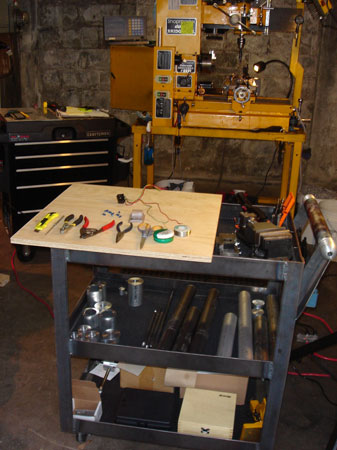
A hunk of ply-wood magically transforms my cart into a work surface!
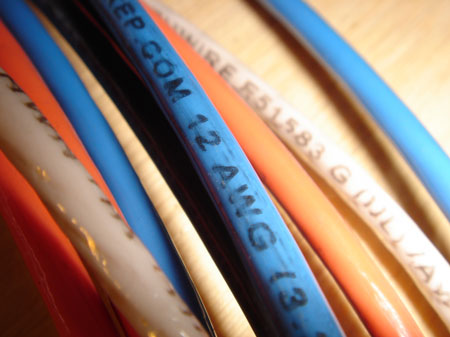
A trip to the local hard ware store motivated me to go down to Home Depot and pick up some heavy duty 12awg wire. I picked the colors at random since I don't know much about electricianeering.
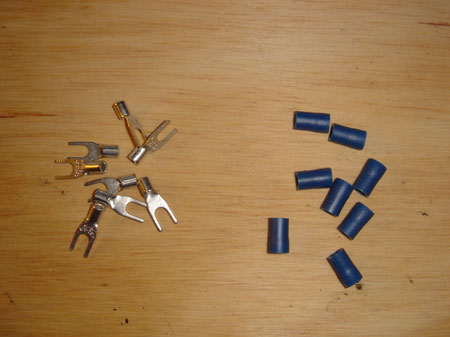
I picked up some spades and discarded the plastic sleeves. I'm going to use a little trick I picked up on my RC car racing days called soldering. Crimping is, in my opinion, reserved for projects I don't want to work properly.

I pushed the spades onto a pick to spread the collar a bit wider.
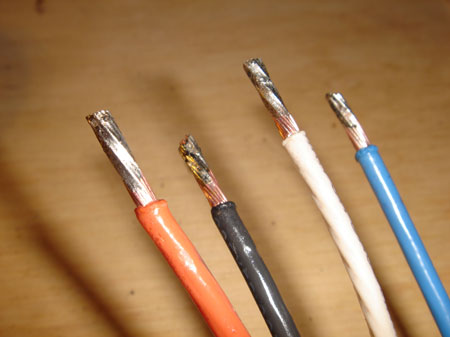
For the best results, I tinned the wire ends. Ahhh flux.

Now that looks like it can pass some current.
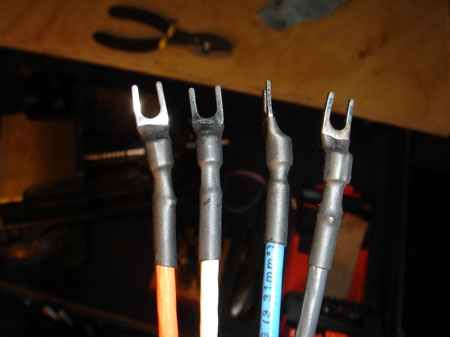
Heat-shrink tubing: the eighth wonder of the world.
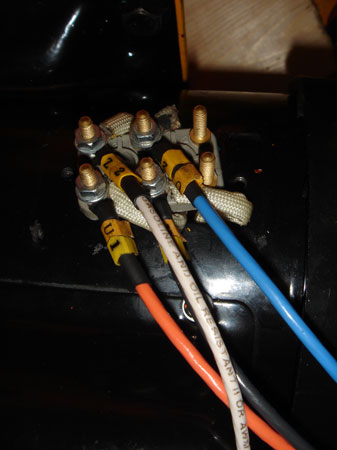
I did the mill motor last night, so this is the bottom of the lathe motor. The wires are way more rigid that the stock wires so I had to route the carefully so they would still be able to pass through the plastic bracket with the terminal cover in place.
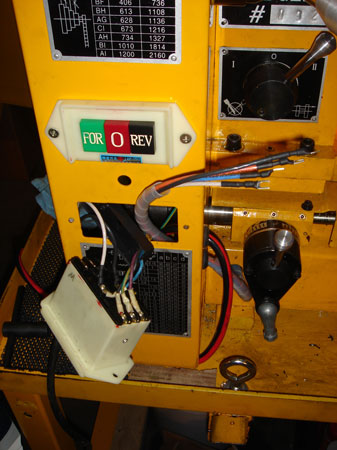
Ready to swap out the wires on the lathe switch. I used some transparent cable housing which looks pretty cool. It came in a two pack from Home Depot and was about the perfect length and diameter.
One thing to note, there is a gap in the casting between the holes where the wiring passes through. This means you will have a hard time threading the wire through both.
I just joined the ends of the new wires with the old (electrical tape) and pulled the old wire out, which threaded the new wires through.
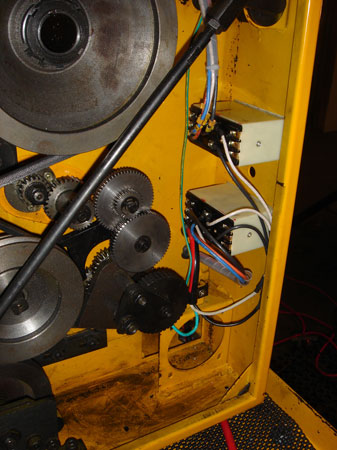
Well that's it. Things are much cleaner looking, let's see if the motors still run. Mill motor: check. Lathe motor: check. Now this might just be in my head, but when the late motor starts up it seems much smoother, like it's not trying as hard.
What is NOT in my head is that the visible arc I was getting in the switch has disappeared. Nice. I feel this was a significant improvement and should really help the electricity flow like...beer...bathing the motor in cold filtered, Rocky Mountain goodness.
By the way, anyone know what cleans up that black muck that comes off the belts? It's quite durable and I mostly manage to shift it from one spot to another, as opposed to getting rid of it.